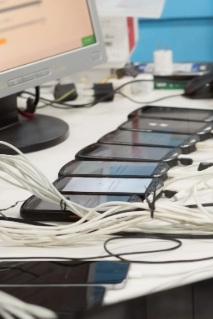Smartphones are indispensable in our daily lives. We use them to stay connected, work remotely, navigate cities, track fitness goals, manage our finances, and capture cherished memories. According to Reviews.org, Americans check their phones 144 times daily and spend over four hours daily on them. But when it’s time to upgrade, most of us assume that a factory reset wipes everything clean. That assumption is not just wrong—it’s risky.
Why We Upgrade—and What Happens Next
As smartphone technology evolves rapidly, most people upgrade regularly. These old phones don’t just vanish—they’re often traded in, sold, or handed down to someone else. Before that happens, we typically perform a factory reset. But here’s the problem: a factory reset doesn’t entirely delete your data.

